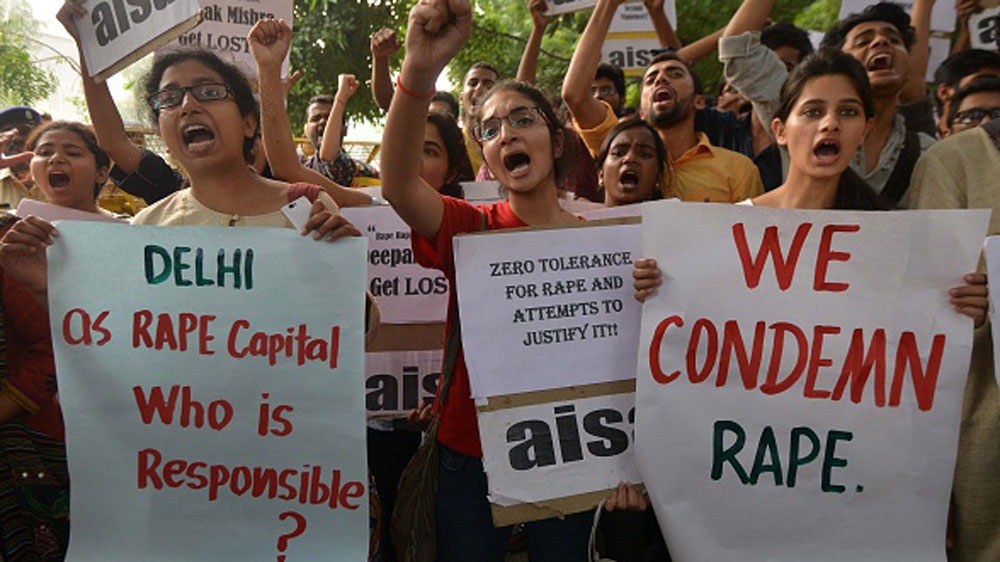The sexual assault stories out of India are unfortunately notorious—gang rapes, child rapes, women punished for being an assault victim. At times the stories are too horrific to read.
Yet a small glimmer of hope for women in India is dawning, beginning in the workplace and venturing toward the street.
In 2013, the Government of India enacted the Protection of Women from Sexual Harassment at Workplace (Prevention, Prohibition and Redressal), with its stated objective to create a safe and secure workplace for women free from sexual harassment. The law requires that all workplaces with more than 10 workers establish an internal complaints committee for receiving sexual harassment complaints.
Following this mandate, the Sexual Harassment Electronic Box (known as the SHe-Box) an online complaint management system, was launched in July 2017, specifically for documenting and redressing grievances on sexual harassment for female government employees. In late 2017, the government extended the platform in an effort to provide access to the She-box to every woman, regardless of her work status, whether working in organized or unorganized position, or in the private or public sector, to register a sexual harassment complaint on line.
Any woman facing sexual harassment at the workplace can now register her online complaint through the She-box. Once a complaint is submitted through this portal, it will be directly sent to the concerned authority having jurisdiction to take action into the matter.
The Ministry of Women and Child Development, host of the She-box online complaint management system, must look into every complaint filed online and share it with the concerned organization’s internal complaints committee, a committee mandatory under the sexual harassment law if the organization has 10 or more employees. Complainants are also able to monitor the status of the complaints committee’s inquiry.
The SHe-Box provides a forum outside the organization for female employees to complain to. Earlier, in the case of an unresponsive organization, the only option was to lodge a complaint with the police.
As of February 2018, 107 complaints have been received on the SHe-box; all concerned authorities have been asked for appropriate resolution.
And now there is movement beyond the workplace. India is planning a she-corridor.
The she-corridor will be a stretch of road exclusively for women, monitored by CCTVs, and containing a sanitary-napkin dispenser, she-toilets, benches, and success stories of women painted on the walls. It will be located in Kerela, situated between two women’s colleges. The she-corridor will have seating facilities for women on both sides of roads where they will be safe to spend time. Work is expected to begin in summer 2018.
These are heartening, overdue, and desperately needed steps away from eve teasing, an older term for sexual harassment in India, and toward a recognition of a woman’s right to be safe, at work and on the street, or at least on a corridor of a street.
Hopefully, the She-box and the she-corridor are progress towards raising awareness of sexual harassment’s unacceptability in India, an emerging version of a “she too” campaign to combat a long trail of atrocities.


